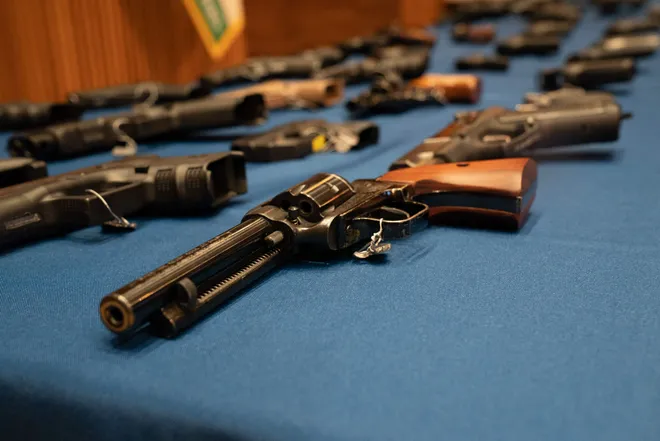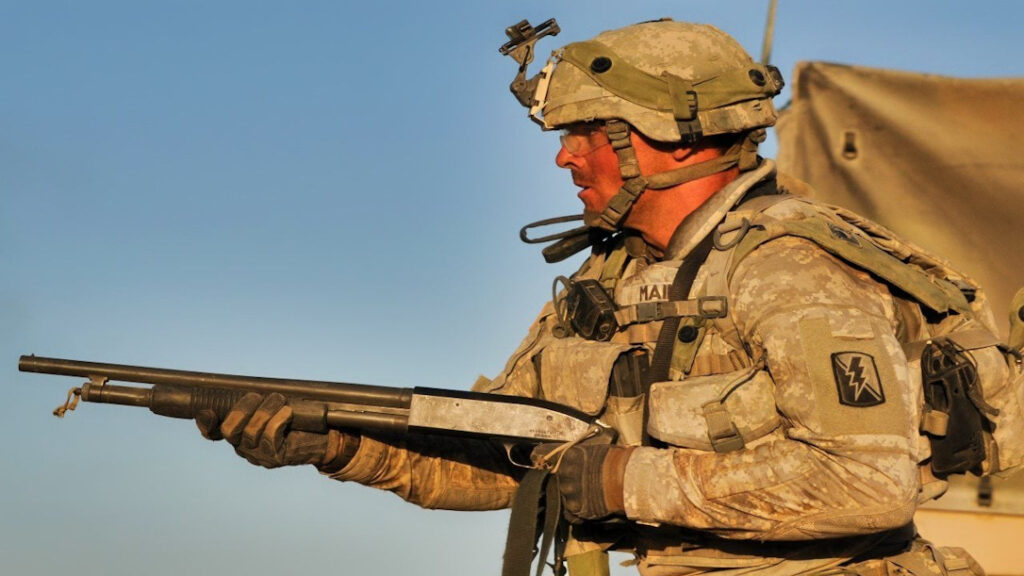The United States Sentencing Commission “…collects, analyzes, and disseminates a broad array of information on federal crime and sentencing practices”. They comb through reams of federal court data from every case in which a defendant is sentenced, and prepare reports on the collected information, shedding light on potential causes, and observable effects of Federal prosecutions in America.
The sheer volume of data available from their website is astounding, and is a valuable resource anyone who takes the RTKBA cause seriously should look into. But why are we talking about this today? Because today they released their latest report, which sheds some light on what your average federal firearm offender looks like that many of you won’t find especially surprising. The full report is available here, but we’ve pulled some major findings that warrant dissemination, and may be of use if you find yourself defending your right to not be disarmed among your peers, or in a public forum.
Firstly, over half of those who find themselves in court facing federal firearms charges are thoroughly About That Life. 60.6% already have a prior conviction for a violent offense. This pushes against many gun control narratives, and establishes that the majority of the bad guys in this study already did time for some sort of violent crime. Gun control affects legal gun owners by definition, so nearly 2/3 of the criminals in this study are already outside the reach of a magazine capacity bill, or assault weapons ban. Also of note, compared to all other federal offenders, those facing gun charges are more than twice as likely to have been convicted of prior violent crimes.
Not to be outdone, the second finding we’d like to share is that the overwhelming majority of federal firearms offenders in this study were *already* prohibited from possessing a firearm. 88.8% of these guys were barred by law from holding a gun, let alone using one in such a way they wound up in federal court for it. This includes the prior violent felons mentioned in point 1, as well as “…aliens unlawfully in the United States, fugitives from justice, or persons who unlawfully use or are addicted to controlled substances”. Somehow this doesn’t seem to be impeding them in any effective way, at least according to the government’s data. Apparently universal background checks aren’t stopping them, so what gives?
Well it turns out that our third datapoint is that about 1/3 of them are stealing guns, or buying them on the street, after their unlawful harvest from homes, cops, or cars in parking lots (many of which likely have magnet holsters, and punisher stickers on them, but that’s another discussion). 32.4% of offenders in the study committed said offense while in possession of a stolen gun, or a firearm with an altered, or removed serial number, which is usually a pretty solid indication that it was not acquired legally.
There’s more useful and insightful data in the study, but these three findings stood out the most to us, and not least because they echo the findings of what is probably the most successful gun violence prevention program America has ever tried. Operation Ceasefire and similar programs trialed in dozens of cities over 20 years beginning in the 1990s cut the rate of gun homicides by at least a third, and often more. Additionally it highlighted that in big cities, a shockingly small percentage of the population is responsible for the majority of homicides. In Boston, it was found that 0.6% of the city’s residents committed 60% of the murder.
Hardened, career murderers should be the target of science-oriented, evidence-based policies to reduce homicide and violent crime. Instead of programs like Ceasefire that are proven to work, we get gun control, and new studies coming out confirming what we already knew. No hate on the US Sentencing Commission, they’re doing great work, but what good does it do us when it’s ignored, or worse, surprising to people because effective programs using the same data were buried by politicians who have no use for a program that destroys one of their biggest fundraising platforms?















